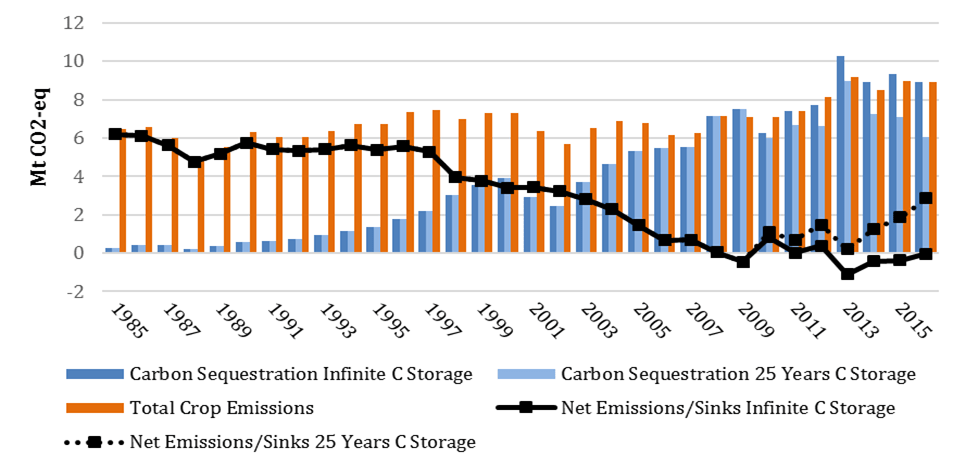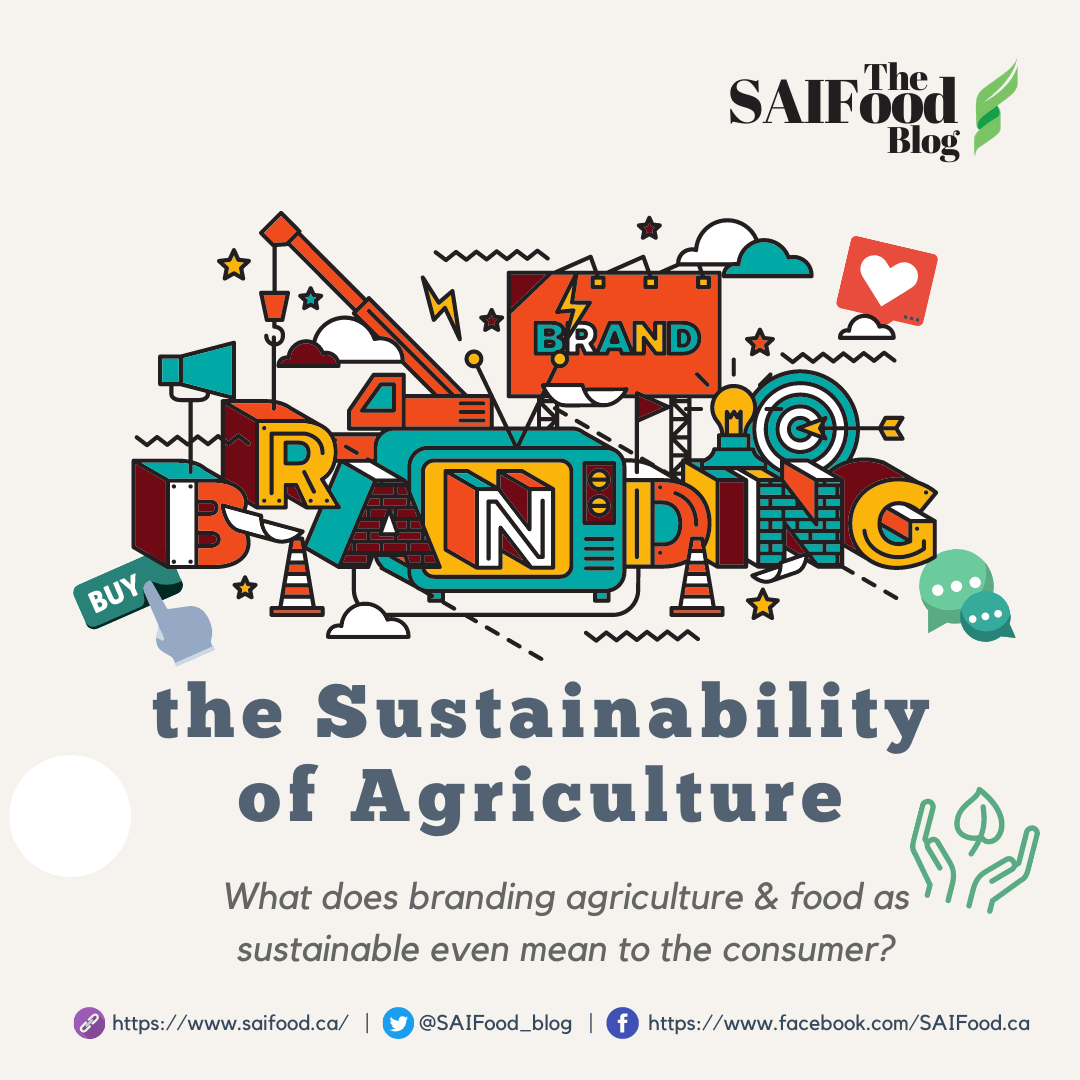Consumers seeking sustainably produced Canadian products
Like all sectors of the economy, agriculture is constantly experiencing new things, products, technologies, ways to market, and new ways of branding. An example of branding of agricultural products has been well observed in livestock production for many years, with the branding of aspects such as grass-fed, ethically-raised, free-range, and raised without artificial growth hormones. Food companies brand products this way as they have identified particular segments of consumers who are seeking these items and are willing to pay a premium to purchase products branded as such. Branding of crop production is also well used, such as the labelling of organic and natural products. Signs are beginning to emerge that branding of crop production is on the cusp of a branding revolution. One aspect of branding that is quickly increasing is to brand food products and commodity exports as sustainable or sustainably produced. Germany’s agriculture ministry recently announced that it plans to implement policies stating that only imports of agricultural products that have contributed to lower carbon emissions, will be allowed, or subject to a tariff if they haven’t.
As part of the consumer preference research I’m involved with, a 2018 survey of Canadian consumers found that the majority of consumers were willing to purchase a genetically modified food product that was produced using fewer chemicals. The results indicated that 44% of consumers would be willing to purchase such a product, compared to 23% indicating they wouldn’t. Consumer demand is a strong driver in the food industry and if consumers are expressing preferences for certain products, the food industry won’t take long to begin to source these products and provide them.
The Canadian Centre for Food Integrity’s 2020 report found that 90% of Canadians admit to having minimal knowledge about how crops and food are grown or produced. The key thing that Canadian consumers are unaware of is, is just how incredibly sustainable Canadian agriculture has become over the past 30 years. Over 95% of summerfallow acres have been removed from crop agriculture since 1980. Over 80% of farmers have reported that soil erosion has decreased on their land. My previous research on consumer awareness about crop production found the majority of consumers believe soil erosion has increased over the past 25 years. Due to the removal of tillage as the leading form of weed control, land management practice is now based on continuous cropping and zero or minimum tillage. This results in the continual sequestration and storage of carbon dioxide (CO2). As an example, the table below indicates just how much carbon is sequestered in Saskatchewan crop production.

Source: S. J. Smyth and L. Awada. 2018. Assessment of Saskatchewan Agricultural Greenhouse Gas Emissions: Sources, Sinks and Measures. Report prepared for the Global Institute for Food Security.
Many sectors of the economy are trying to brand their products as sustainable. Sustainability is a fairly open-ended term and when it is applied to food products, it can have a wide definition. A sustainably branded product could have been produced using fewer chemicals or grown using less water or transported using electric trucks. Additionally, sustainability brands may be placed on products depending on the processing required to convert the raw ingredients to a store-shelf product.
One way consumers will gain awareness about the current sustainability practices of modern agriculture is to brand food products as made through sustainable production methods. To be able to brand products with this information, changes will be required. Not changes in production practices, but changes in documenting the effects. Accreditation systems that are developed in partnerships between wholesale or retail firms and farmers would allow for consumer branding to be implemented. The Canadian beef industry has developed sustainable production standards after working with McDonald’s.
In New Zealand, the dairy cooperative Fonterra has begun to market carbon-neutral butter. Fonterra has adopted a third-party certification system that allows it to demonstrate to consumers that their package of butter was produced by processes that emitted fewer GHG emissions. To achieve a net-zero rating, Fonterra purchased carbon offsets. Environmental sustainability is important to consumers and they are expressing preferences for the purchase of food products that have been produced with a lower environmental footprint.
Change is inevitable. What matters is how a sector or industry responds to looming changes. Crop agriculture has two options. The sector can resist the calls for increased quantification of sustainable production practices and the resulting programs will be forced upon the sector by the downstream sections of the food supply chain, such as processors and exporters. Alternatively, the sector can act progressively and be involved in partnering and leading the conversations, to ensure that the highest degree of benefits possible is captured by the sector.

